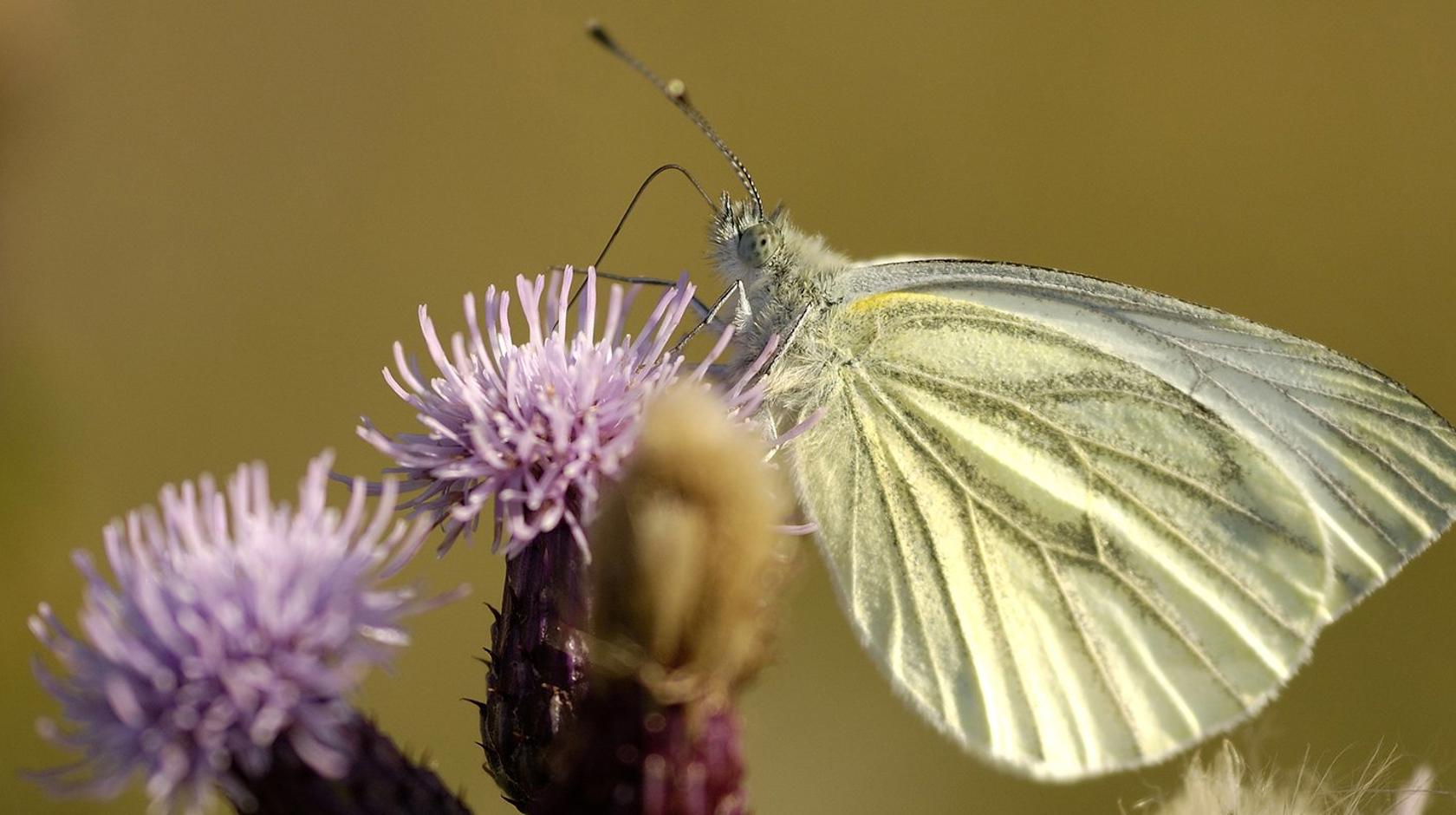
The plants on Sprogø
Among the special plants which grow on Sprogø are the forest steppe plants which grow on the edge of the Russian steppes. When these plants established themselves on Sprogø is unknown although it could well have occurred during the Bronze Age when Denmark enjoyed warmer weather and when the climate in large parts of the country was similar to that of present day Ukraine and southern Kazakhstan.
Another typical plant for Sprogø is the swallow-wort - a pretty, white flowered plant with dark green leaves which, like the small-leaved elm, can survive drought and extended sunny periods.
Sprogø boasts several different habitats. At the far end of the island there are salt meadows and beach ridges and behind these are meadows, wetlands and cropped grass areas with bushes. Behind these again are found som moraine knolls.
The flora in the waterholes contains som semi-rare plants: salt-marsh goosefoot, babington's orache, golden dock, white water-buttercup and lots of tropical hornwort. Strawberry clover is found in the meadow.
Naturally, grasses dominate the meadows: red fescue, kentucky bluegrass and meadow fescue - all common for meadows. Further up the moraine hill, there is crested dog's tail and sweet vernal grass, whose smell many recognise from dried hay.
On the motorway embankments grows a small grass called silver hair. This is not very common and has probably spread to Sprogø via the motorway. The likelihood is that the railway has also contributed to the emergence of certain plants, e.g. field sagewort.
Succulents in the tidal flats
The tidal flats created during the construction of the motorway and railway embankments are dominated by salt-tolerant plants. These are often succulents similar to desert plants which means that they can withstand dehydration - in this case because of the salt-rich environment which extracts water from the plants. The tital flats are a type of salt desert. Virginia glasswort, an annual plant, dominates. Washed away by high tides and winter storms, it returns in abundance as new seedlings the following year. As a succulent it has thick, fleshy leaves.
It was previously believed that the leaves would hamper evaporation but the opposite seems to be the case. Enormous evaporation takes place from the virginia glassworts although they absorb similarly large quantities of water.
During the autumn, the virginia glasswort turns it characteristic rusty red colour, which creates beautiful rows in the tidal flats. The various shades of colour indicate the degree of fading.
Common saltmarsh grass, which like the virginia glasswort is a pioneer in the tidal flats, is not a succulent but survives in a different way. Along with the virginia glass wort it helps to regain material movement during storms or generated by tidal changes. The tidal difference averages between 20 and 25 centimetres.
Living on sand
The reef is dominated by sand as well as large and small stones. Surprisingly, quite a number of plant species are found in these rather barren areas. What, then, survives on just sand? Sea blite, scentless camomile, seakale, sea milkwort, European searocket, Russian thistle, groundsel, babington's oracle, spear-leaved orache, salt-marsh goosefoot, grass-leaved orache and common beet (the original form of beets and sugar beets).
Several of these plants are known from well fertilised fields although here amongst the sea wrack, they have thir natural habitat. Since these plants can grow both in well fertilised soil and in sea wrack the conditions must be identical in both places. Sea wrack areas are, in fact, some of the most nutrient-rich in Denmark. Indeed, farmers used to use seaweed as fertiliser along the Danish coasts, often after composting the seaweed in large cast concrete containers.